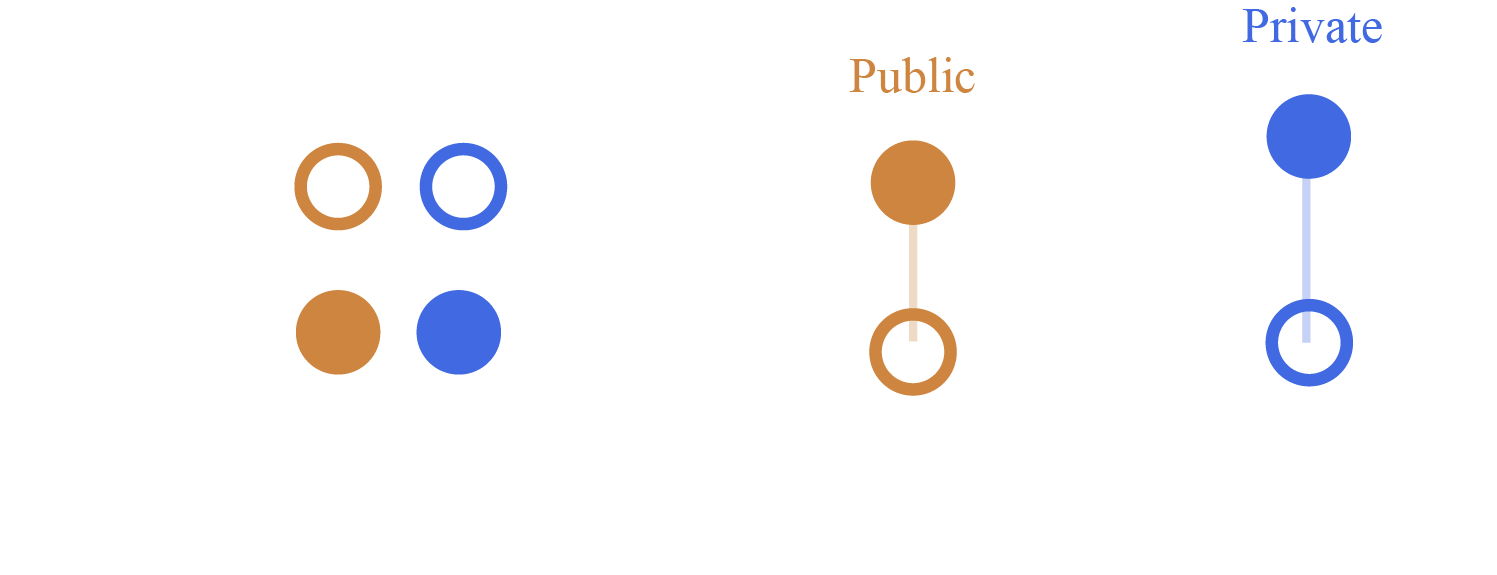This work is inspired by my own experience in University to discuss the crisis at the tuition of higher education. My dataset is based on Jesse Mostipak and reorgnized in my own way, combine with the reports and articles from Abigail Hess , AZack Friedman, and Reuters Business News (reporting by Heather Timmons and Mimi Dwyer; Editing by Mary Milliken and Aurora Ellis).

* Tuition: including living expend. Price may vary depends on major, campus location, degree level, life style, family background...
* Salary: The data may be biased by survivors due to major, professional experience and other factors.
Who are the families in the society that have enough financial strength to pay for tuition?
International students in the United States often pay more to attend school than local students, including paying “out-of-state” tuition at publicly-funded state schools and additional charges aimed at oversees entrants. Many students attending state universities in this state are beneficiaries of these allowances. They only need to pay half of the tuition. The visualization below shows the comparison of tuition fees between the state and the other states on Education.
Out-of-state students and international students pay almost twice as much tuition as in-state students
Big schools that are household names are likely to have a long waiting list of possible enrollees, available to take the place of any international student, said Terry Hartle, senior vice president of government and public affairs for the American Council on Education, which represents schools in Washington, DC.
The average student loan in 2019 is 32731$. Although the salary seems to be optimistic. In reality, it will take closer to 20 YEARS to pay back the student loan. International students as strong tuition contributors also need to rethink the value of the high education.
Does high education as the same as it used to be? This is a question worth to think